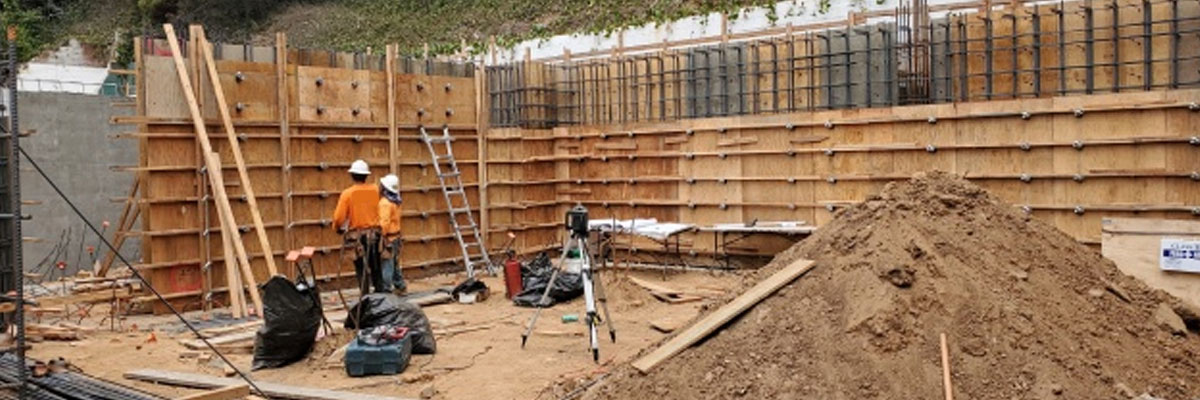Find the best Retaining Wall Contractor in Texas
Retaining walls are becoming more and more popular these
days. It is because they are ideal and serve a number of purposes, their
installation is accessible and the cost varies from high to low depending on
one’s choice of material. There is no rigid system behind it, enabling great
room for negotiation and flexibility. What remains of importance though is a
trusted contractor - well experienced, licensed and insured so as to leave no
scope for loopholes. When this is taken care of, all else falls into place.
What is a
retaining wall?
A retaining wall is a structure that is carefully designed
and constructed to hold back an embankment of soil, especially from an adjacent
lower area. It helps to withstand the lateral pressure of soil or soil
material. This pressure could be due to earth filling, liquid pressure, sand or
any other granular material. Retaining
walls
help control erosion and create flat areas for use. In addition to the purpose
they serve, they also add to the beautification of the areas in which they are
constructed.
Choose the
best-suited retaining wall for yourself from the options given below:
●
Gravity Retaining Wall
A gravity retaining wall can be
constructed using different types of material like concrete, stone and masonry
units. It depends on self-weight and thus can resist lateral earth pressure.
Crib retaining walls, gabions and bin retaining ones are also offshoots of
gravity retaining walls. For a height up to 3m, it is a rather economical
option.
●
Crib Retaining Wall
This is a gravity retaining wall
made using interlocking individual boxes of timber or pre-cast concrete. These
boxes are then filled with crushed stone or other coarse granular material to
create a draining structure. Crib retaining walls are best suited to support
planter areas, but not for support of slopes or structures.
●
Gabion Retaining Wall
Used to stabilize steep slopes,
gabion retaining walls are multi-celled rectangular wire mesh boxes, filled
with rocks or other appropriate materials. They are employed for the
construction of erosion control structures.
●
Cantilever Retaining Wall
Cantilever Retaining walls are
constructed from reinforced concrete, precast concrete or restressed concrete.
They are also composed of a stem and base slab. These are the most commonly
used ones. They are economical to a height of 10m.
●
Anchored Retaining Wall
Anchored walls are used in spaces
that are limited or where a thin retaining wall can solve the purpose. Suitable
for loose soil over rocks, in this, deep cable rods or wires are driven deep
sideways into the earth, followed by ends that are filled with concrete to
provide an anchor.
●
Piled Retaining Wall
Piled retaining walls are
constructed by placing concrete piles adjacent to one another. They work in
both temporary and permanent settlements and are economical to a height of 6m.
They are put at a depth that is sufficient to counter any force that pushes
over the wall.
●
Mechanically Stabilized Wall
This is one of the most economical
and commonly constructed retaining walls. Mechanically stabilized walls are
constructed using granular fills and held together by reinforced concrete,
metallic strips or plastic meshes.
Retaining walls are definitely a great asset and a one-time
investment. However, what is to be taken
care of is that whether it is a block retaining wall or a wood one, a natural
stone one or one made of concrete, it holds no relevance if a compromise is
made on the material used or the craftsmanship employed.
If you rely on Century Foundation Repair company for the construction and maintenance of retaining walls, you will face no challenge whatsoever. Residents of Magnolia, Texas are in safe hands because we have a dedicated team of professionals that leaves no stone unturned to provide value for our customers’ money. Ask us for testimonials and more information regarding the same. Once you tie up with us, we assure you that you will come back asking for more.


0 Comments